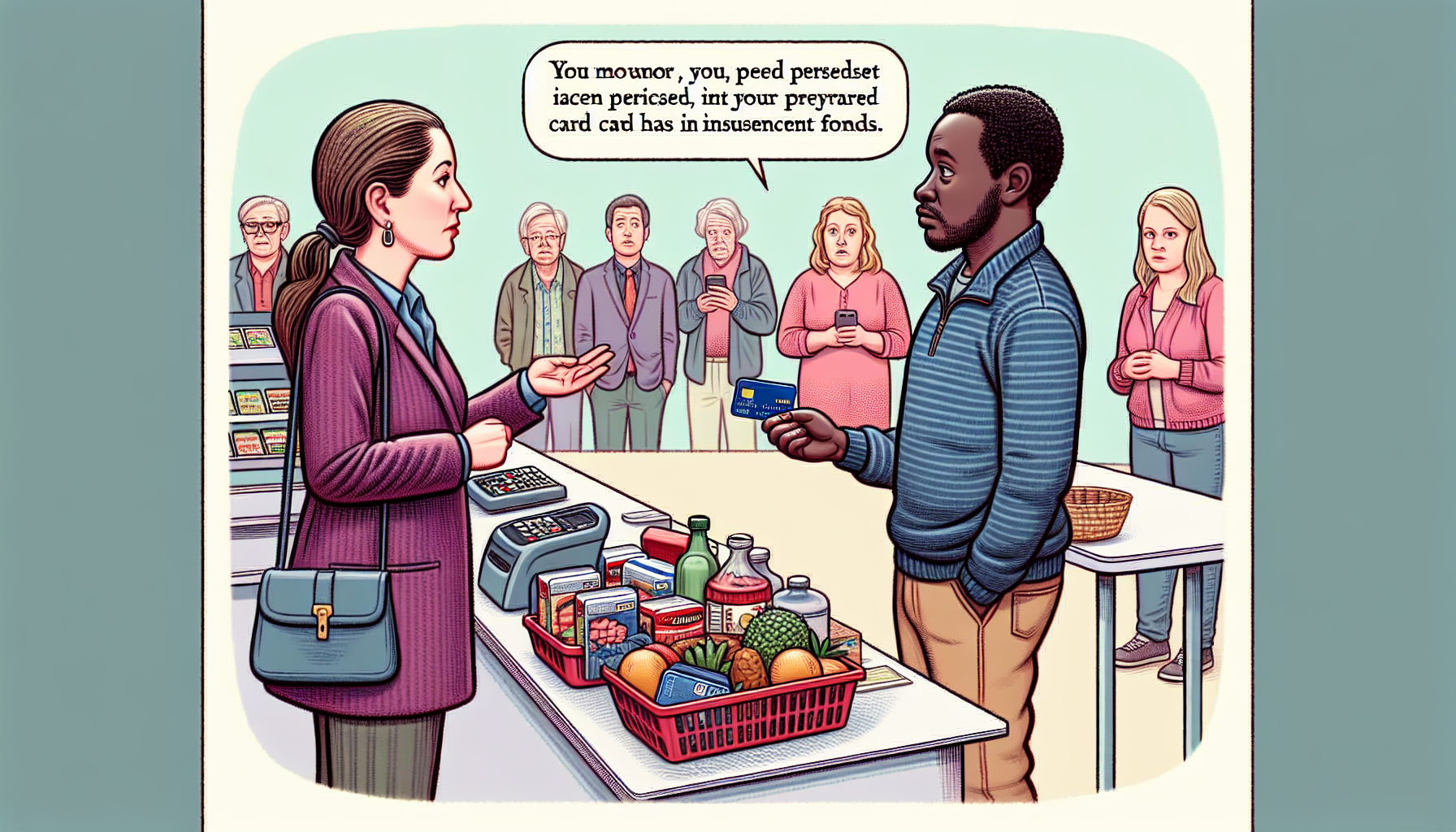Prepaid cards have gained popularity as a convenient and flexible alternative to traditional debit or credit cards. They offer a way to manage finances without the need for a bank account, credit check, or hefty fees. However, there are some drawbacks associated with using prepaid cards that consumers should be aware of before making the switch. In this article, we will explore two major drawbacks of using a prepaid card: hidden fees and charges, and limited fraud protection.
Hidden fees and charges
One of the most significant drawbacks of using a prepaid card is the presence of hidden fees and charges. While prepaid cards may seem like a cost-effective way to manage finances, many issuers impose a variety of fees that can quickly add up. These fees can include activation fees, monthly maintenance fees, ATM withdrawal fees, balance inquiry fees, and even fees for reloading the card with funds. In some cases, users may also be charged fees for making purchases or using the card in certain locations. These hidden fees can eat into the cardholder’s balance and diminish the overall value of using a prepaid card.
Lack of transparency
Another issue with prepaid cards is the lack of transparency when it comes to fees and charges. Unlike traditional debit or credit cards, which are regulated by federal laws that require issuers to disclose all fees upfront, prepaid cards often come with vague or misleading fee structures. Cardholders may find it difficult to understand the full extent of the fees they are being charged, making it challenging to accurately budget and manage their finances. This lack of transparency can lead to unexpected costs and frustrations for users who are not fully aware of the true cost of using a prepaid card.
Limited fraud protection
In addition to hidden fees and charges, another drawback of using a prepaid card is the limited fraud protection offered by most issuers. Unlike traditional debit or credit cards, which are backed by federal regulations that limit a cardholder’s liability for unauthorized transactions, prepaid cards do not offer the same level of protection. If a prepaid card is lost or stolen, the cardholder may be held responsible for any unauthorized charges made on the card. This lack of fraud protection can leave users vulnerable to financial losses and make it difficult to recover funds in the event of fraud.
Conclusion
While prepaid cards offer a convenient and flexible way to manage finances, there are several drawbacks that consumers should consider before using them. Hidden fees and charges can quickly diminish the value of a prepaid card, while limited fraud protection can leave cardholders vulnerable to financial losses. It is important for consumers to thoroughly read and understand the terms and conditions of a prepaid card before using it to avoid any unexpected costs or risks. By being aware of the drawbacks and limitations of prepaid cards, users can make informed decisions about their financial management options.
